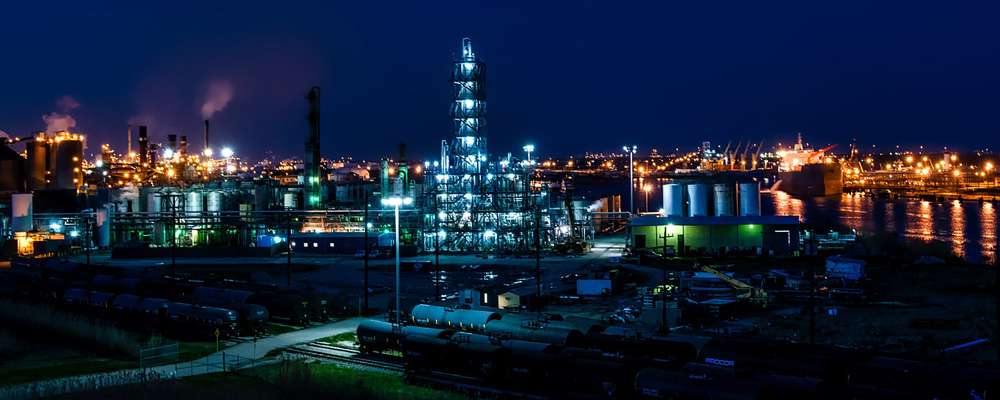There is much controversy surrounding the oil sands in Alberta. Some people see it as an economic engine which provides a stable supply of friendly oil for North America. Others see it as an attack on the environment, and an operation that must be stopped.
We are not here to convince you one way or the other. We simply wish to help you better understand the Canadian oil sands with the images below. All pictures are from Business Insider.
The type of oil recovery operation which has the greatest environmental impact is strip mining. The first part of this process is to remove vegetation that is covering the oil deposits.

Image Credit: Business Insider
Next, the easily accessible oil sands are scooped up and transported by massive trucks.

Image Credit: Business Insider
When we say massive, we mean really massive.

Image Credit: Business Insider
These trucks also go through a lot of tires. The companies will often try and find uses, such as road barriers, for old tires.

Image Credit: Business Insider
Once the raw oil sands make it to the processing facility, the oil is separated from the sand/clay/rocks. The separation process uses a lot of water, and the dirty water is sent to tailings ponds like the one below. In these ponds, the heavier materials will separate from the water and drop to the bottom of the pond.

Image Credit: Business Insider
To the oil industry’s credit, a lot of the water is recycled and used again in the process. Many companies aim to recycle 90% of their water.

Image Credit: Business Insider
A newer and less invasive type of oil recovery operation is called “in-situ”. In this process, the earth is not striped mined. Instead, steam is injected into the ground to heat up the oil sands, and the liquid oil is pumped back up to the surface. This oil recovery process is suited for deposits that are too deep to be strip mined.
As show in the picture, this type of operation has a much smaller ecological footprint. In-situ oil will makeup roughly 50% of the oil transported by the proposed Keystone XL pipeline.

Image Credit: Business Insider
